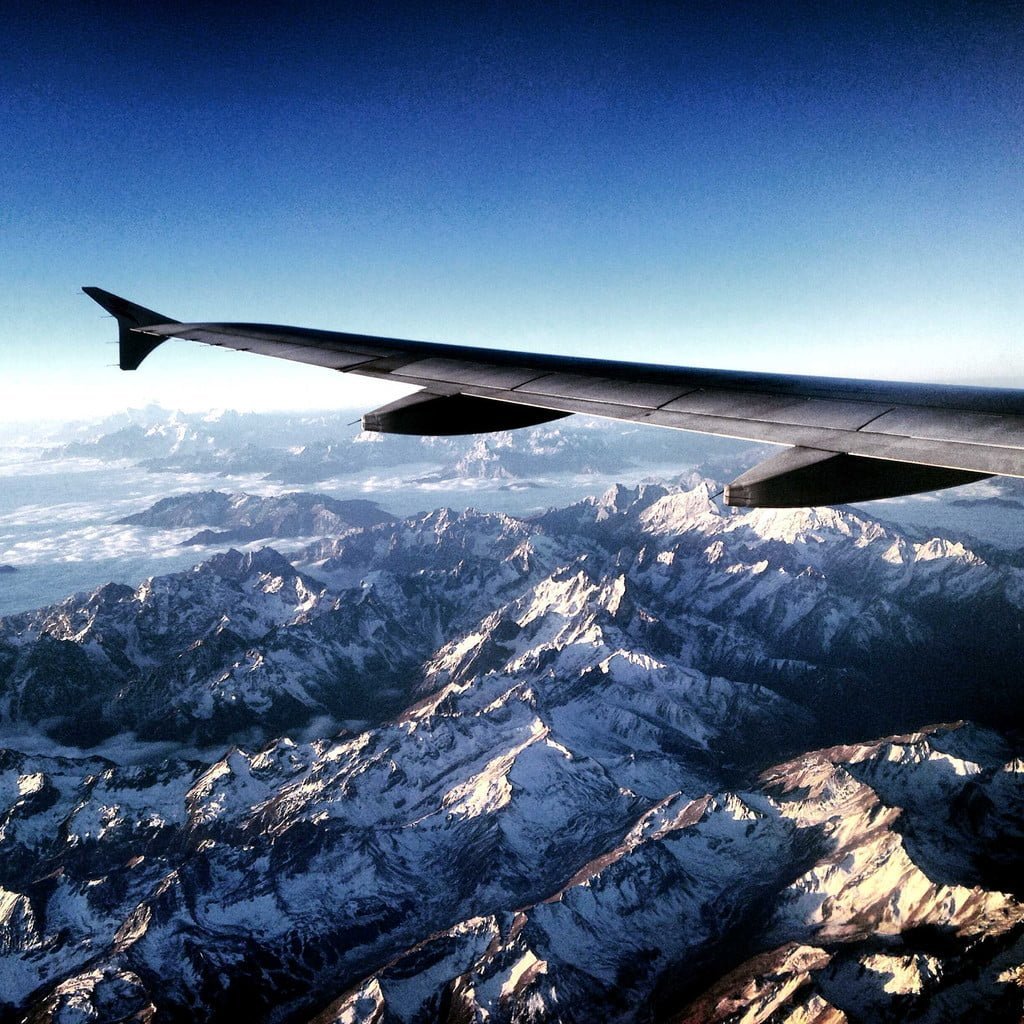Today, aeronautics has become so much advanced. A man has made aircraft capable of going at speeds double that of sound, and flying outside planet earth. Air travel is possible to any country on any continent. However, there are some places on Earth where aeroplanes do not fly, such as the Himalayas.

Over the years, many theories have been formed as to why planes do not fly over the Himalayas or the Tibetan region. Most of the reasons put forward are actual scientific facts. But some people have shared some superstitions too, such as the invisible evil force which engulfs aeroplanes, ghosts of the fallen warriors and even the presence of the abominable snowman or Yeti. Keeping those aside here’s why planes do not fly over the Himalayas or Tibet!
The Tibetan region, especially the Himalayas, have mountains higher than 20,000 feet altitude, including Mt. Everest standing at 29,035 feet above sea-level. While most commercial aeroplanes can fly at 30,000 feet or more, they usually fly in the troposphere.The top of the Himalayas touches the stratosphere.
So to fly at a safe distance above the Himalayas, flights have to go even further into the lower part of the stratosphere. The air is extremely thin in the stratosphere. Oxygen levels will be also low. This will cause air turbulence and uneasiness to the passengers.
In addition to this, the force of the wind will be strong and the presence of mountains makes the manoeuvring of the aircraft even more difficult.
Emergency landing procedure is done on a flat land. The Himalayan region has almost no flat surfaces. Hence, in the event of an emergency, the pilot has no place to safely land the plane. On top of this, the risk factor only increases as there are mountains everywhere.
Most planes can fly at high altitudes where oxygen levels are quite low. However, airlines usually come with only twenty minutes of oxygen. So if a situation occurs in which the oxygen supply in the cabin runs out, the flight must descend to at least 10,000 feet to replenish the oxygen. This is known as Drift Down Procedure. In the Himalayas, descending to 10,000 feet is suicide.
The major countries lying beside the Himalayan and Tibetan area are India and China. There aren’t many flight services between the two countries. Western China is very low in population and doesn’t actually need to have air travel. Also, the major flight services between India and China do not even go over the Himalayas.
Usually, if an aircraft get into a risky situation, the pilot communicates with the ground via radar systems. Being a low-populated area, radar services are almost non-existent in the Himalayas.
Both the Indian Air Force and the People’s Liberation Army Air Force conduct training sessions in the Tibetan region.
They also have bases in various parts of the Himalayas. Military bases, in general, restrict commercial airlines from flying above them; the Tibetan region being no exception. Thoughts On Why Planes Don’t Fly Over The Himalayas Although there aren’t many flights to the Himalayas, there are still two airports in the Tibetan Autonomous Region. But these airports have dangerously short runways good for only small planes. Also, the airport is situated on the outskirts of the taller mountain formations. A good pilot could fly an aeroplane over the Himalayas, but he will have to risk a lot.



















